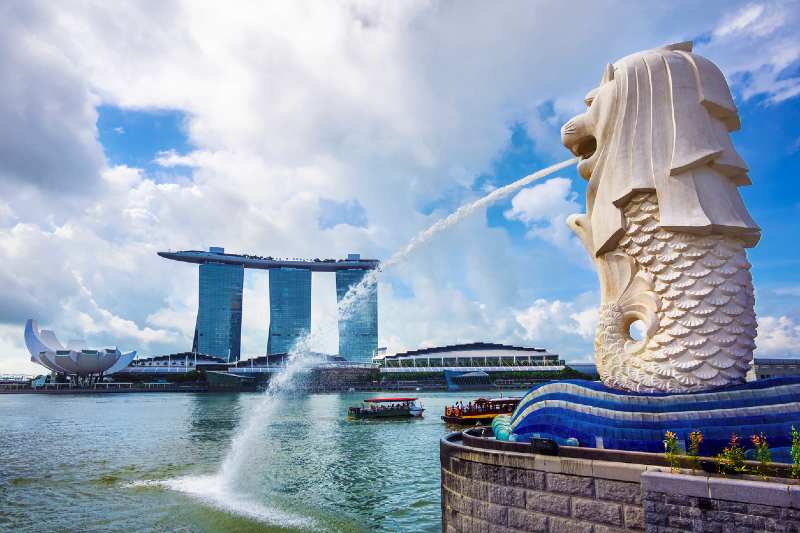Banks across Southeast Asia are preparing for a surge in bad loans due to the Coronavirus outbreak. In Singapore, banks have been bracing for a rise in bad loans as bankruptcies were on the rise in the country even before the Coronavirus pandemic hit Singapore’s banking system.
Elsewhere in Southeast Asia, Malaysia’s banks are preparing to offer broader loan deferrals to the tune of $32.8 billion to soften the impact of the Coronavirus pandemic. Malaysian banks will offer six-month deferrals for all individual and SME loans. They will also allow people to convert their credit card debt into three-year term loans.
In Singapore, companies facing liquidation jumped to 287 in 2019, the highest since 2005. The city state also saw 434 individual bankruptcies, the highest since 2004. All of these are expected to lead to an increase in bad loans at Singapore banks including at DBS Group Holdings.
Although the Singapore banks have announced easing of borrowing terms, analysts at Sanford Bernstein were quoted by regional media as saying that non-performing loan ratios for DBS and OCBC could climb to 1.8% this year from 1.5% in 2019. At UOB, the ratio may jump to 1.9% from 1.5%, they said. UOB had earlier said that its bad loan costs are expected to rise more than expected due to the Coronavirus outbreak and the steep fall in oil prices.
The Malaysian banking regulator has allowed Banks to draw down capital conservation buffer of 2.5 percent, operate below minimum liquidity coverage of 100 per cent, and use regulatory reserves, according to the press release.
Meanwhile in Southeast Asia, the Vietnam government has said that several banks have seen their bad debt ratios rise as clients face liquidity challenges due to the Coronavirus outbreak. According to a Vietnam government press release, 14.3 percent of the total lending at 23 credit institutes has been affected by the Coronavirus outbreak.


